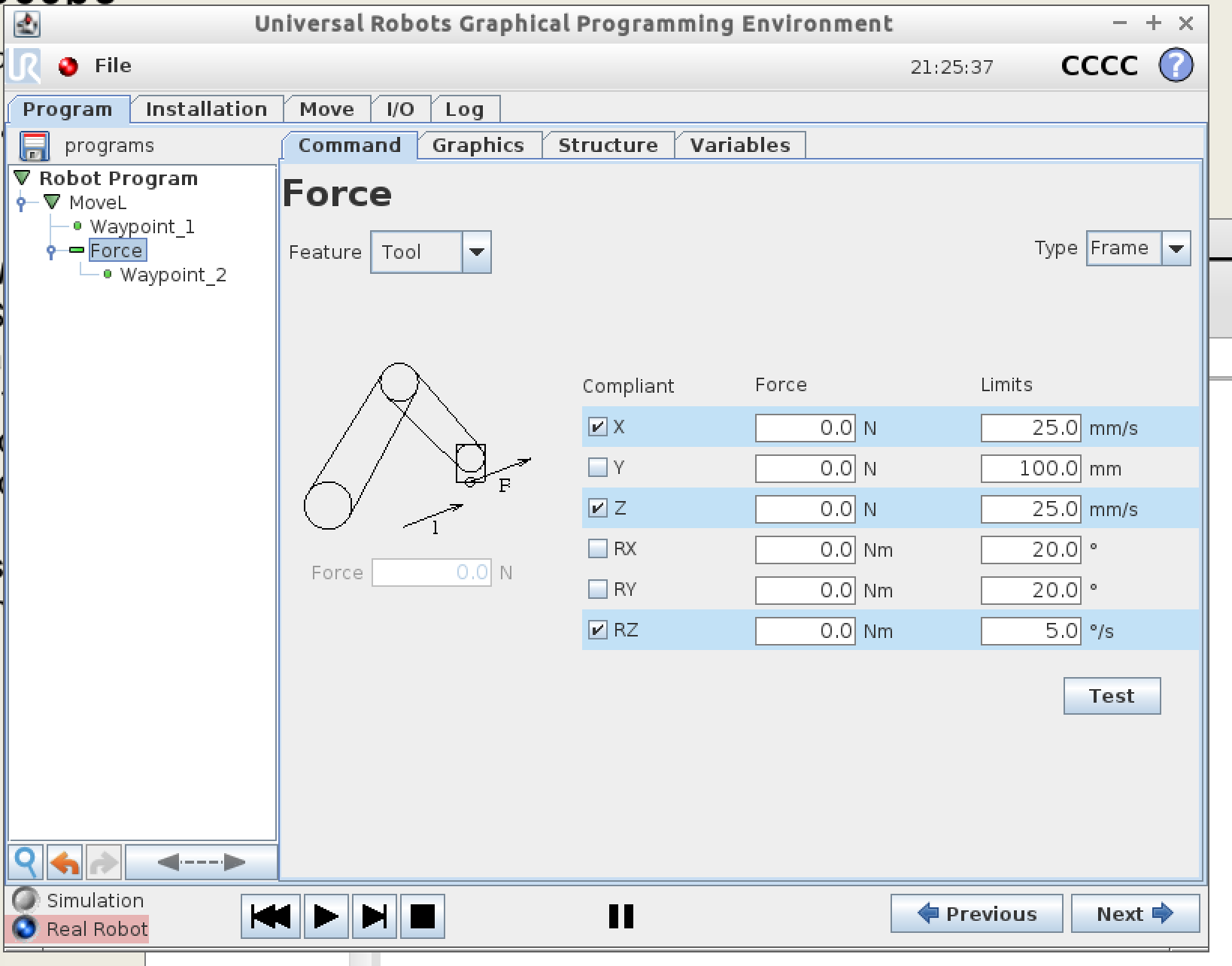@Nicolas_Lauzier Can the FT300 be useful in that case?

The Dof Community was shut down in June 2023. This is a read-only archive.
If you have questions about Robotiq products please reach our support team.
If you have questions about Robotiq products please reach our support team.
 Catherine_Bernier
Catherine_Bernier
 Etienne_Samson
Etienne_Samson
 matthewd92
matthewd92

I just got a question from a customer.
In the process, the robot can't really stop if an impact occurs because it then needs someone to reset and restart it. Hence, the robot safety basics cause the robot to stop on an impact.
Is it possible to simply make the robot compliant upon impact? Meaning that if an impact occurs, the robot will compensate but never stop running?
Can the robot be reactivated without a specific human intervention?
The goal is to stay safe of course.